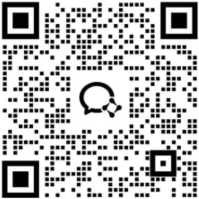The digital transformation is changing the mining industry
 Jun 18,2021
Jun 18,2021

 JLKJ
JLKJ
The digital transformation is changing the mining industry
Chloe Kirby, Blue Label labs, explains what the digital transformation in mining looks like and how it is proving to be the positive change companies need in 2021 and beyond.
The mining industry is undergoing a huge shift. As profits drop in the face of decreasing commodity rates, many mining companies are seeking a new approach to the industry. In particular, the rapidly aging mining facilities and declining demand are causing experts to reassess productivity in mining. When it comes to shifting industries and new approaches, the process of a digital transformation tends to make the most sense.
What is digital transformation and how does it impact mining?
The mining industry faces major hurdles in terms of how to adapt to a new market. The breakthrough many companies have waited for is arriving in the form of help from a strategic digital transformation company.1 A digital transformation is the process of adopting new digital tools and technological innovations that alter how the mining process occurs.
A lot of these tools tend to scare long-time mining executives away because of cost concerns. Luckily, the growing number of technologies and their established presence across many industries greatly reduces the cost. Thanks to these technologies growing in scope and variation, it is now affordable to get started with a digital transformation for mining.
The applications seen most often in a digital transformation for mining productivity include: the automation of material management, machinery maintenance, and performance monitoring. The move to a more digital-focused operation in the mining industry is certainly a tall order.
Despite the challenge, dozens of major mining companies are racing to a digital transformation to adjust operations for prolonged success.2 With all of this in mind, here are some more specifics on the questions many have about mining and the digitalisation of key tasks and processes.
Adjusting for a new measure of productivity
It is not a surprise to anyone working in the mining industry that productivity is on the decline. Productivity metrics are down by 25%, even after years of adjusting to a lower demand and new requirements for the industry.3 The companies finding a way to thrive despite these changes to the norm are seeking to adapt rather than stick with the same approach. Mining is not like other industries. The day-to-day operations of a mining company can vary due to uncertainty in on-the-job variables that impact the workers, the environment, and the market.
There are a number of ways that productivity is measured, but many traditional mining operations spend little time looking to measure the variables that impact productivity. Through digital transformation, all aspects of the work site and job gets the detailed breakdown it deserves to redefine how to approach this industry. Through automation for things like the planning and coordinating of mining operations, companies are able to work within the job’s variabilities and find ways to eliminate waste and reduce lost time and investments.
Ways that digital transformation benefits mining productivity
It is clear that things need to change for modern mining companies to increase productivity in the face of lower budgets and revenue. The following are two ways this can happen strategically thanks to digital transformation:
Utilising the power of data and computing
A number of machines related to the mining industry operate with some sort of digital tool or control. That said, one digital resource that goes underutilised is computing for data to guide changes to mining operations. By looking at data related to communication between mining machines, as well as output of various steps in the mining process, companies can gain meaningful insights that guide future projects and job sites.
Increasing the tools at your team’s disposal
The technology we use at home is also making a huge impact on mining professionals. Consumers might use a smartphone to text or check social media, but miners are finding smartphones to be highly beneficial for communicating and monitoring machines that automate steps in the mining process. Likewise, the increasing array of tools like smart glasses, RFID cap lamps and goggles are making the job safer. There is further room to invest in machinery like industrial robots and tools as well thanks to a decreasing cost in these markets.

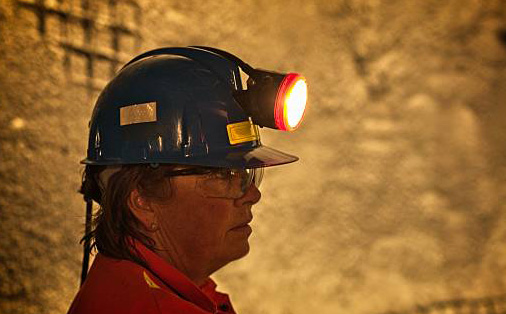






 HOME
HOME Vale announces first ore at Voisey’s Bay Mine extension
Vale announces first ore at Voisey’s Bay Mine extension  You May Also Like
You May Also Like
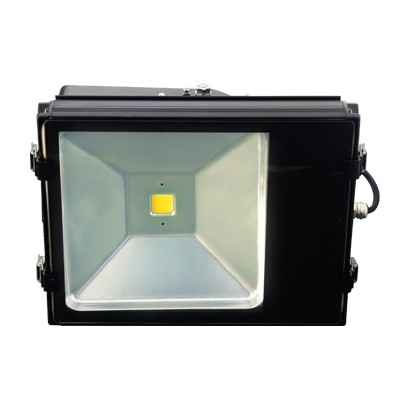


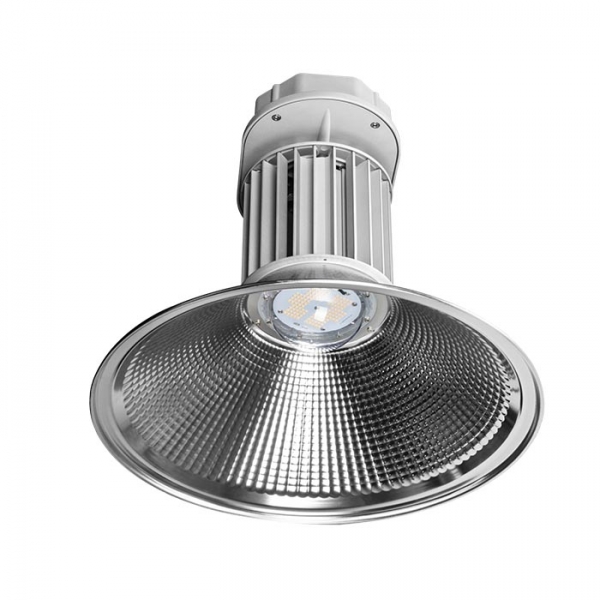
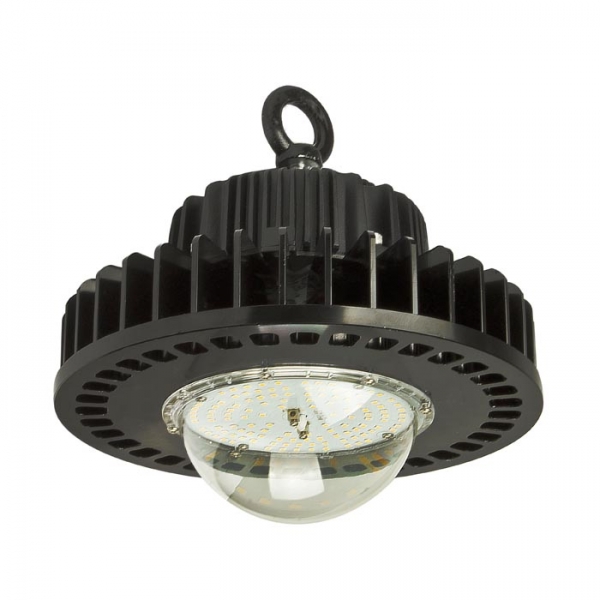
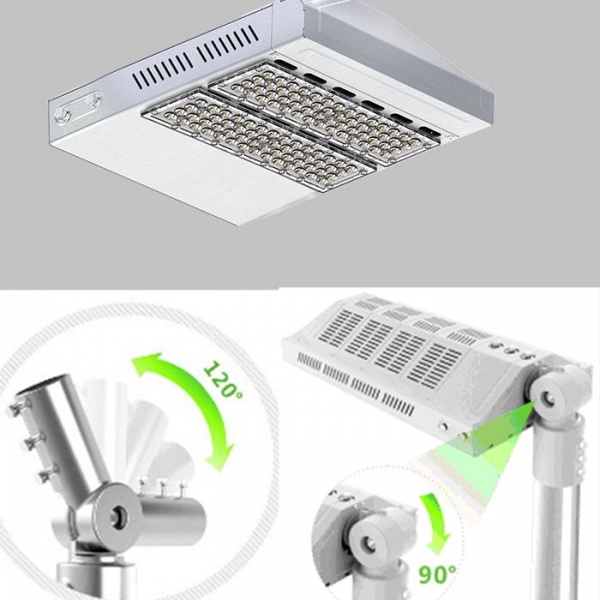
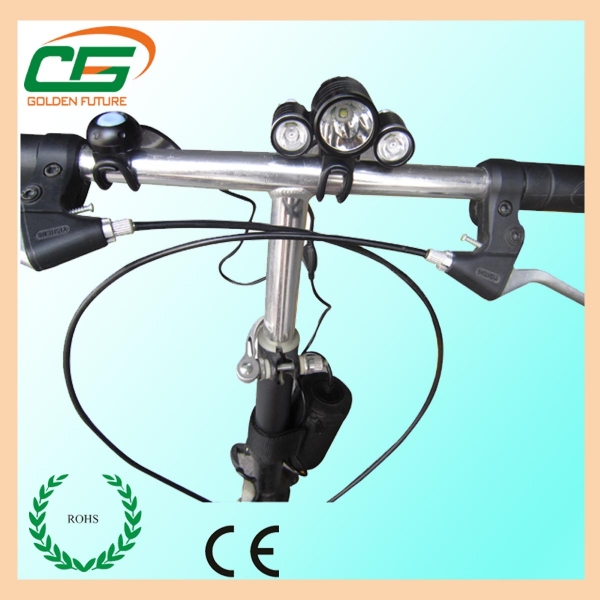

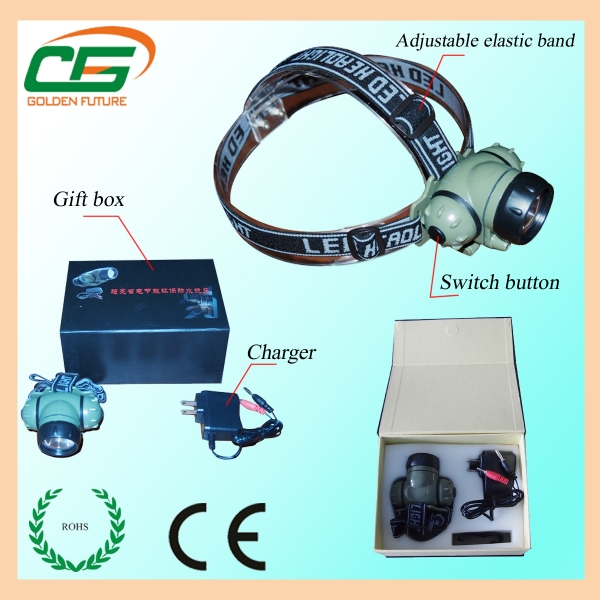


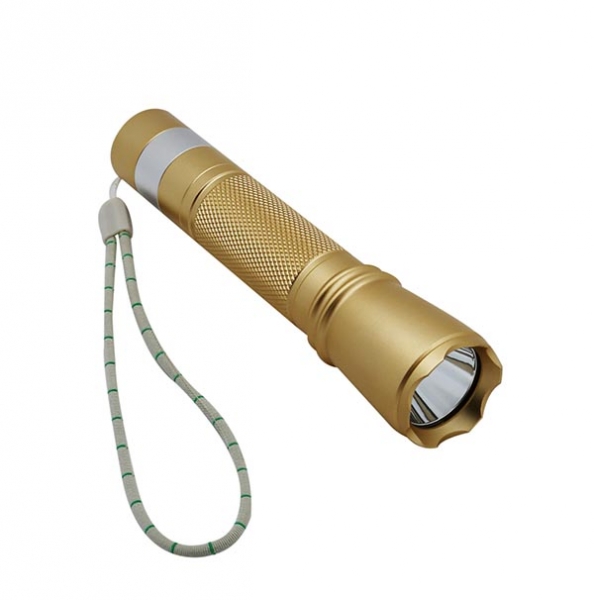
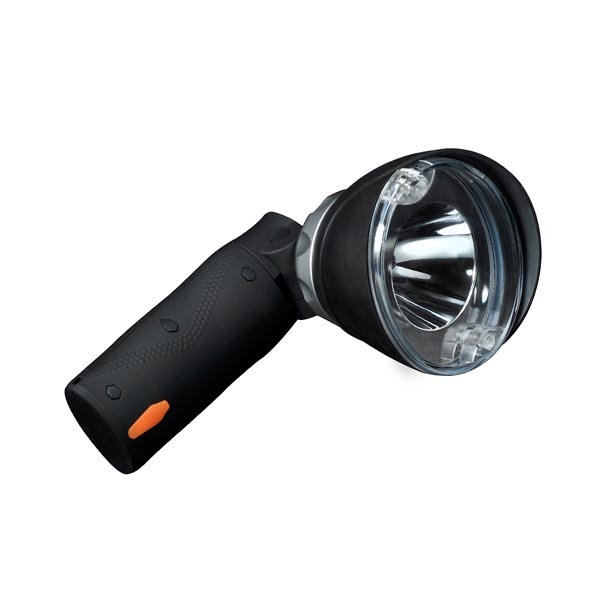
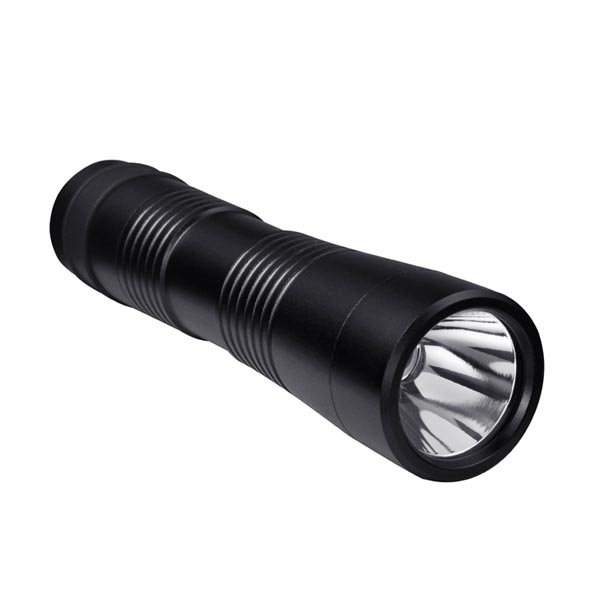
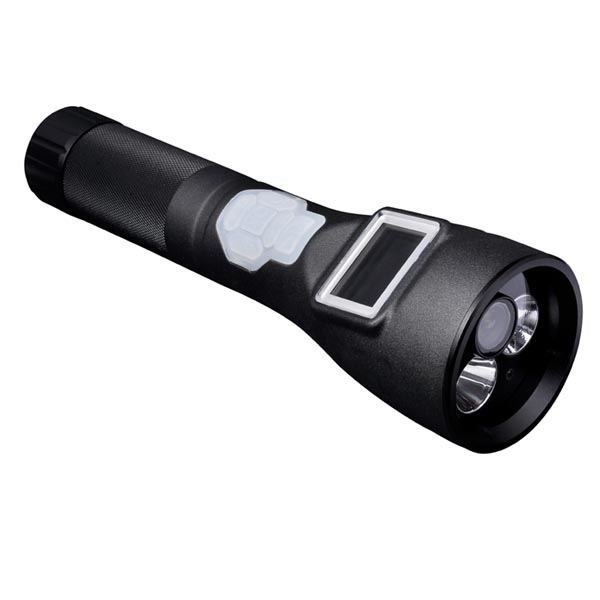
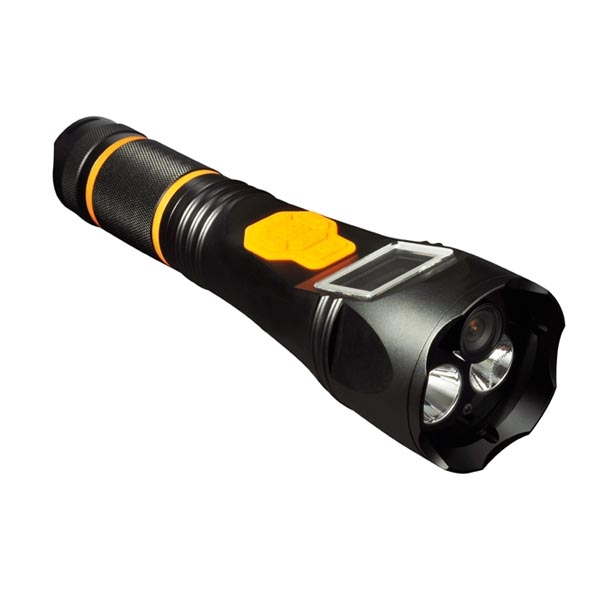
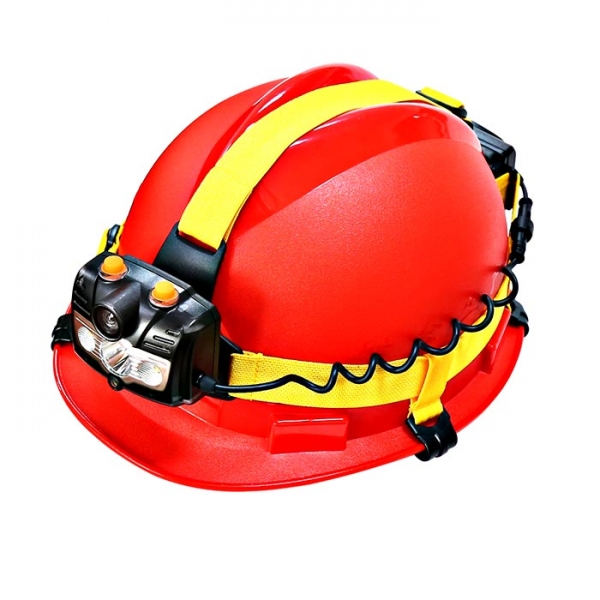
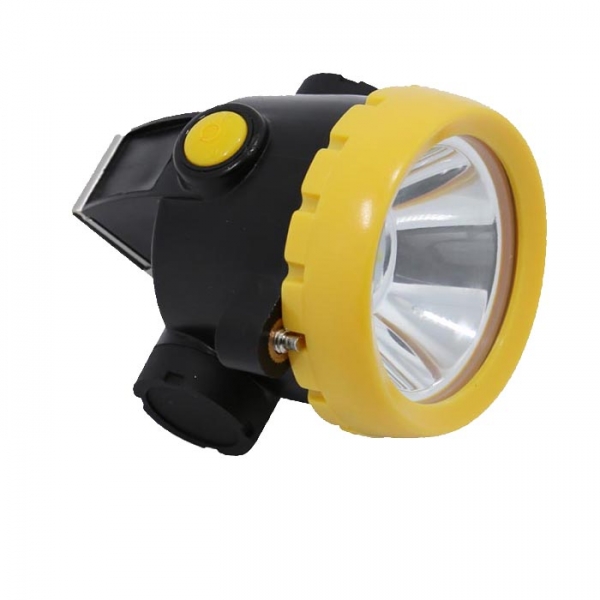
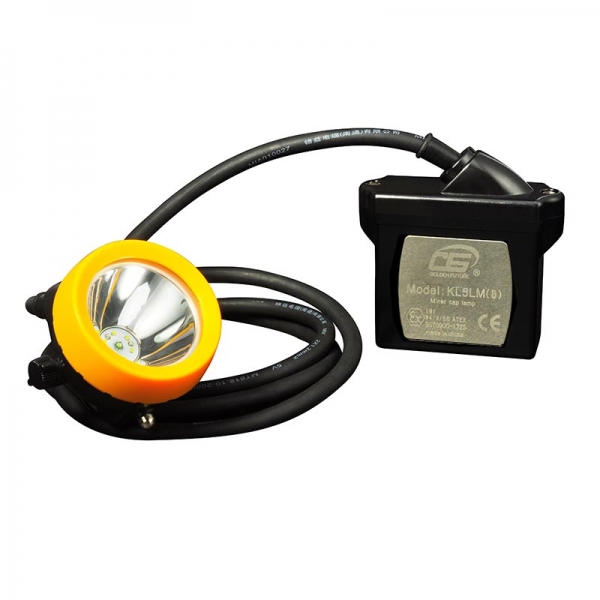
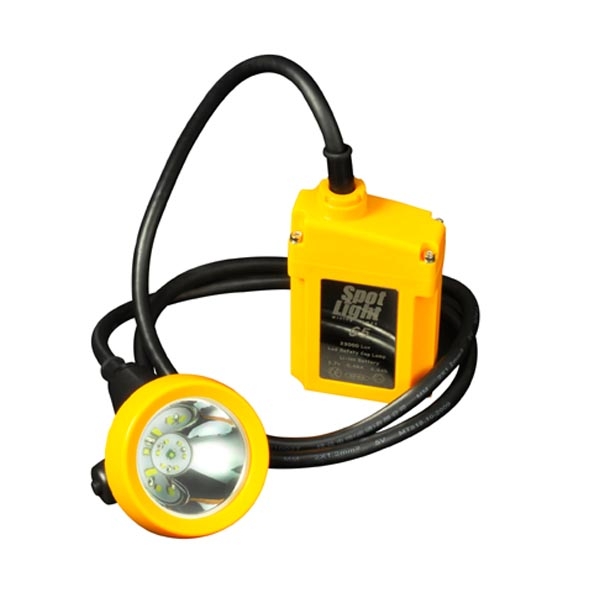


 Tel
Tel
 Email
Email
 Address
Address





